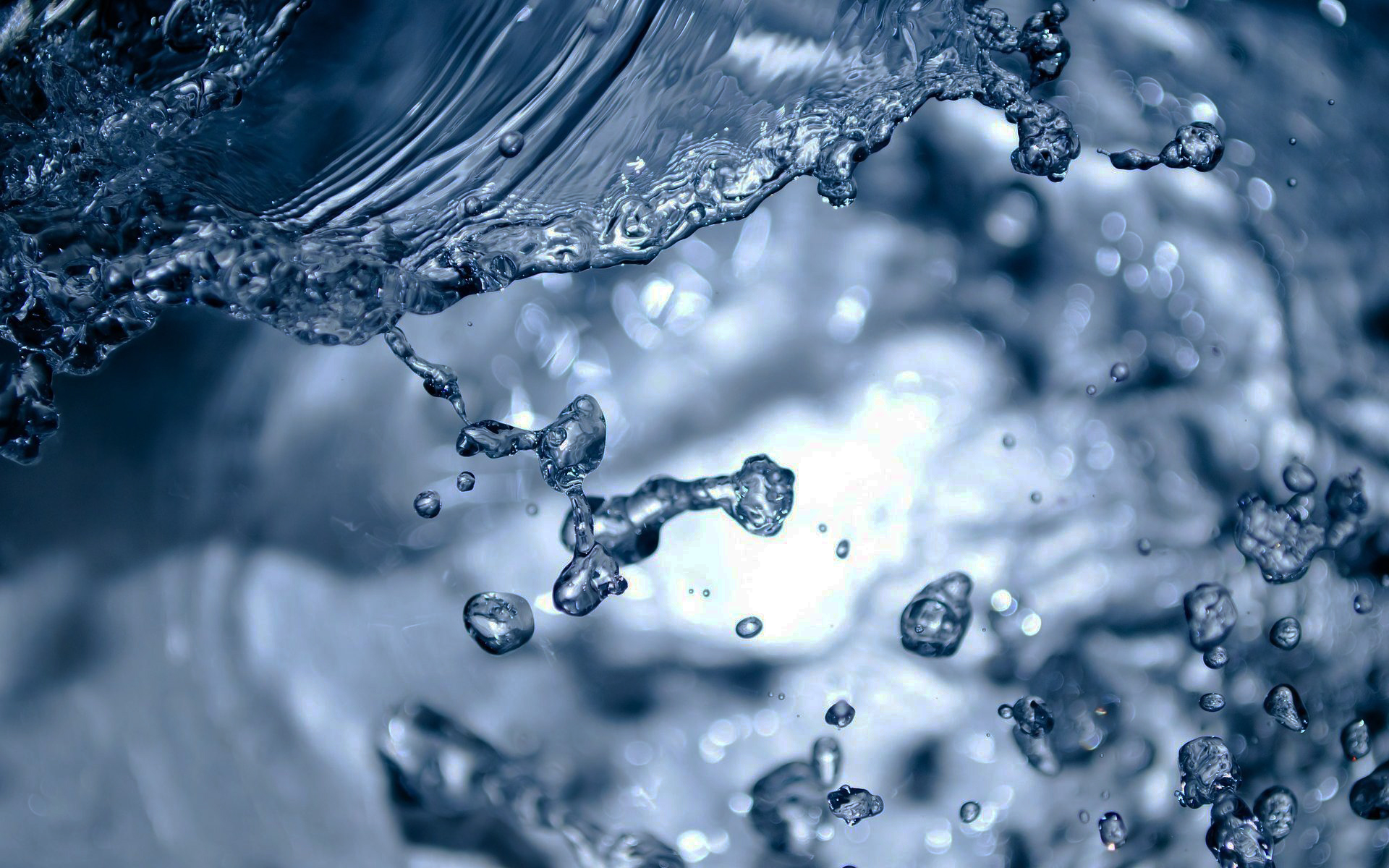By Pacific Institute Staff
It is everyone’s wish to be able to wake up each day and turn on a tap that provides a safe, constant source of drinking water, but this does not happen in the lives of nearly one billion people who live without access to potable water. With no option, they rely on polluted surface and groundwater sources which are also the main sources of water-related disease such as diarrhea, typhoid, cholera, and worm infection. Infectious, water-related illness can keep victims out of work for long periods of time, prevent school attendance, and even result in death: UNICEF reported that about 4,500 children die every day from preventable, water-related diseases. Lack of access to potable water can also impact income, education, and safety, where women and children trek tens of kilometers one or several times a day in search of water.
Climate change is also impacting the economic stability of vulnerable communities that rely on water for their livelihoods. Under current climatic conditions, irregular rainfall patterns are straining farms and communities that rely on rain-fed agriculture for food. There is either too much rainfall in a short period resulting in flood and loss of property, or too little rainfall resulting in drought and famine.
In these myriad ways, water is directly linked to poverty – making access to water a means to ending poverty.



So sad… however helped a lot with my research 😉